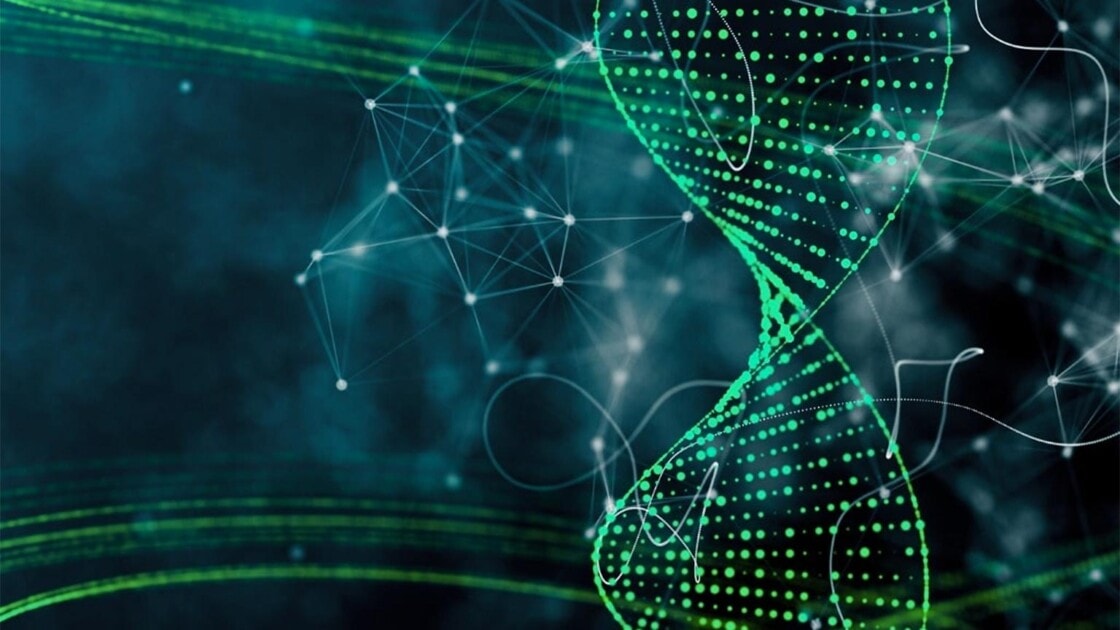
Category: neurobiology
January 24, 2024 / Acta Neuropathol
Clinically relevant molecular hallmarks of PFA ependymomas display intratumoral heterogeneity and correlate with tumor morphology
Posterior fossa type A (PF-EPN-A, PFA) ependymoma are aggressive tumors that mainly affect children and have a poor prognosis. Histopathology shows significant intratumoral heterogeneity, ranging from loose tissue to often…
December 21, 2023 / Mater Today Bio
Spatial transcriptomic interrogation of the tumour-stroma boundary in a 3D engineered model of ameloblastoma
Stromal cells are key components of the tumour microenvironment (TME) and their incorporation into 3D engineered tumour-stroma models is essential for tumour mimicry. By engineering tumouroids with distinct tumour and…
December 20, 2023 / Nat Med
Multiomic spatial landscape of innate immune cells at human central nervous system borders
The innate immune compartment of the human central nervous system (CNS) is highly diverse and includes several immune-cell populations such as macrophages that are frequent in the brain parenchyma (microglia)…
December 4, 2023 / Acta Neuropathol Commun
Glioblastoma pseudoprogression and true progression reveal spatially variable transcriptional differences
Post-resection radiologic monitoring to identify areas of new or progressive enhancement concerning for cancer recurrence is critical during patients with glioblastoma follow-up. However, treatment-related pseudoprogression presents with similar imaging features…
December 1, 2023 / Acta Neuropathol Commun
Transformation of non-neuritic into neuritic plaques during AD progression drives cortical spread of tau pathology via regenerative failure
Extracellular amyloid-β (Aβ) plaques and intracellular aggregates of tau protein in form of neurofibrillary tangles (NFT) are pathological hallmarks of Alzheimer’s disease (AD). The exact mechanism how these two protein…
November 10, 2023 / Cell Rep
Spiny projection neurons exhibit transcriptional signatures within subregions of the dorsal striatum
The dorsal striatum is organized into functional territories defined by corticostriatal inputs onto both direct and indirect spiny projection neurons (SPNs), the major cell types within the striatum. In addition…
November 1, 2023 / Neuro-oncol adv
Spatial architecture of high-grade glioma reveals tumor heterogeneity within distinct domains
Background: High-grade gliomas (HGG) are aggressive primary brain cancers with poor response to standard regimens, driven by immense heterogeneity. In isocitrate dehydrogenase (IDH) wild-type high-grade glioma (glioblastoma, GBM), increased intra-tumoral…
September 30, 2023 / Alzheimers Dement
Spatial proteomics of hippocampal subfield-specific pathology in Alzheimer’s disease and primary age-related tauopathy
INTRODUCTION: Alzheimer's disease (AD) and primary age-related tauopathy (PART) both harbor 3R/4R hyperphosphorylated-tau (p-tau)-positive neurofibrillary tangles (NFTs) but differ in the spatial p-tau development in the hippocampus. METHODS: Using Nanostring…
September 20, 2023 / Neurobiol Dis
Exposure to environmental airborne particulate matter caused wide-ranged transcriptional changes and accelerated Alzheimer’s-related pathology: A mouse study
Air pollution poses a significant threat to human health, though a clear understanding of its mechanism remains elusive. In this study, we sought to better understand the effects of various…
September 19, 2023 / Commun Biol
Loss of Grin2a causes a transient delay in the electrophysiological maturation of hippocampal parvalbumin interneurons
N-methyl-D-aspartate receptors (NMDARs) are ligand-gated ionotropic glutamate receptors that mediate a calcium-permeable component to fast excitatory neurotransmission. NMDARs are heterotetrameric assemblies of two obligate GluN1 subunits (GRIN1) and two GluN2…
September 11, 2023 / Biomed Pharmacother
Translational strategies and systems biology insights for blood-brain barrier opening and delivery in brain tumors and Alzheimer’s disease
The blood-brain barrier (BBB) plays a critical role in determining the effectiveness of systemic treatments for brain diseases. Over the years, several innovative approaches in BBB opening and drug delivery…
September 1, 2023 / Int J Mol Sci
Spaceflight-Induced Gene Expression Profiles in the Mouse Brain Are Attenuated by Treatment with the Antioxidant BuOE
The demands of deep space pose a health risk to the central nervous system that has long been a concern when sending humans to space. While little is known about…